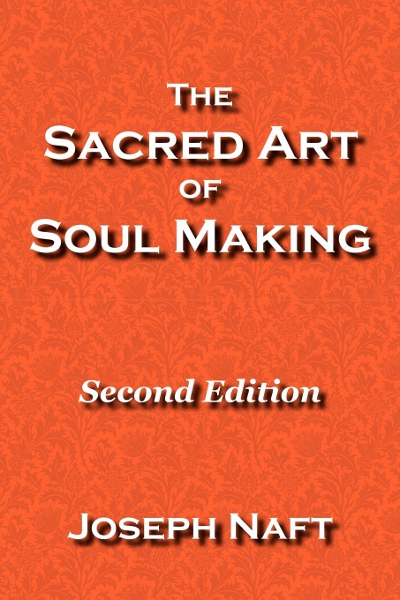|
|
Inner
Frontier Fourth Way Spiritual Practice |
|
Inner Work For the week of August 22, 2011
Sensing (Living in Presence: Aspect 2 of 7) The practice of sensing offers a unique and powerful approach to presence: it gives us a foundation for awareness. The more we work with sensing, the more stable that foundation becomes. Sensing operates at the interface between our body and our awareness. Because our body is always here and now, body awareness is also always here and now. Intentionally enhancing our body sense keeps us in this moment and opens the door to presence. By sensing we create an organic home that integrates the outer and the inner. Sensing just feels right. One of the big surprises with sensing is that we did not know about it before, because it seems as natural as having a body. So what is sensing? First, a little about energies. Inner, spiritual energies are fine substances of various quality levels that enable all our inward actions and experiences. Some, like the sensitive energy that fuels the practice of sensing, can be accumulated and organized in us to help form the first part of our soul, our inner body or soul-body. In sensing, we use our will, our attention, intention, and inward action, to awaken and build up the sensitive energy in our body. This energy mediates our contact with our body. We simply put and hold our attention on part of our body. Start with your right hand. Leaving it relaxed, put and hold your attention in your hand. Keep checking to see that your attention is actually in your physical hand and has not wandered off into thoughts or daydreams or anything else. Thinking about your hand does not help, because then your attention is in your thoughts. Keep your attention in the right hand. Gradually your hand comes to life. Your perception of your hand will change: it becomes more of what it is and you feel that you have a right hand. It may tingle. There may be a subtle vibration in the hand. It may feel warmer or larger or heavier or more substantial. To clarify this, simply notice the difference between your perception of your right hand and your left hand. If you can notice a difference, that is due to the greater presence of sensitive energy in your right hand. Your attention in your hand draws that energy into the hand. Next you can practice sensing your right foot, then your left foot, then your left hand, then back to your right hand and repeat that pattern. Over time, you can build up your ability to sense your body, you can practice sensing your entire right arm, then right leg, then left leg, then left arm. Continuing to build, sense both arms, then both legs, then all four limbs. Finally, sense your whole body. Note though, that we do not try to sense our inner organs so as not to interfere with their instinctive functioning. We just have a general sensation of our whole torso, neck and head, added to the sensation of our four limbs. Sensing the whole body can give us a strong experience of wholeness and change our level of presence. Some people quickly come to sensing their whole body. For others it may take many months of practice to get to that stage. Either way, the important thing is to persist in the practice of sensing: at first in formal, seated meditation, then in slow movement such as walking meditation, and then adding the practice of sensing during your ordinary daily life. Within the latter, of course, we use our common sense and do not divert attention to sensing during critical or dangerous activities like driving a car, chopping vegetables, or performing surgery. But during the rest of the day, sensing certainly can enhance our life. The body sensation that sensing builds has the great advantage of persisting in time: it does not immediately evaporate if our attention shifts away from sensing. So even when our presence fades, which inevitably does happen, the sensation collected in our body, while we were sensing, has the power to reawaken us, to bring us back to the present moment, because sensation is always now. Though sensing does fade when our attention to it lapses, it does so gradually. The vestiges of sensation tug on us, remind us to bring our attention back to our body, back to sensing, back to presence. Not only that, but sensing is also like depositing money in a savings account: it gradually accumulates in us. Over time, we become able to sense more often, more strongly, more completely, and for longer. And that accumulation pays dividends, such as when sensing spontaneously pops back up into our awareness at moments when we lack presence or any contact with our body. Again, if we willingly go with it, that spontaneous sensing reawakens us to presence, to greater freedom from our identifications and difficult emotions, to the richness of this moment. For this week, experiment with sensing. Begin its practice if you have never tried it before or deepen it if you have. See Also: Energy Body and Stages of Body Presence |
|
|
About Inner Frontier Send us email Copyright © 2001-2024 Joseph Naft. All rights reserved. |








